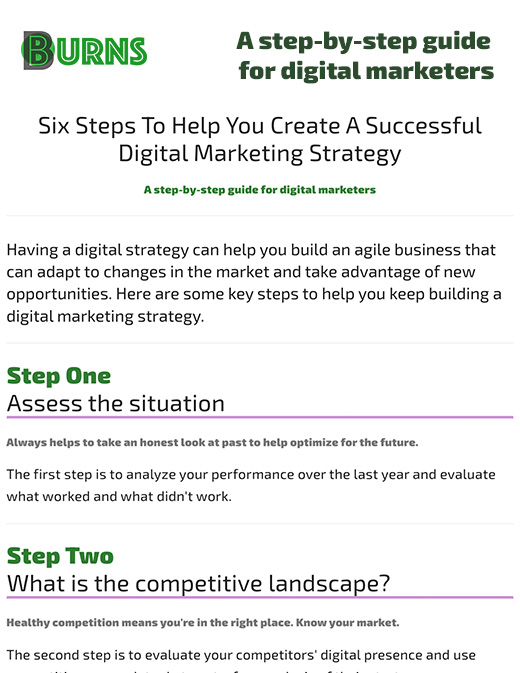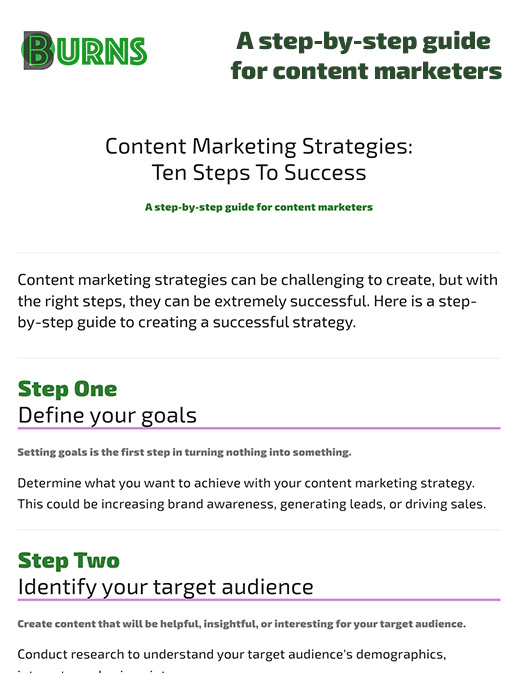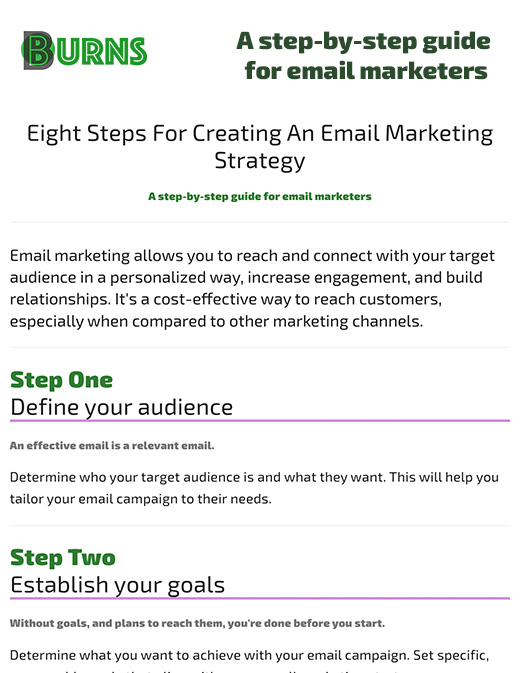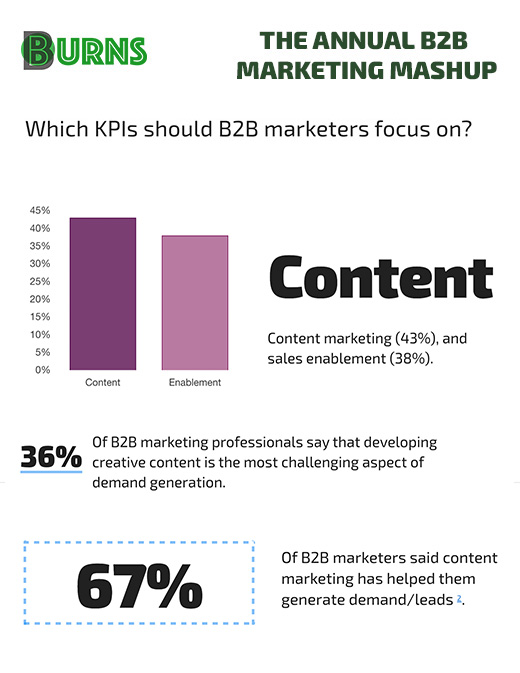Uncover secrets to captivate and satisfy information craving
Josh BurnsDate: December 17, 2023 | Time: 5 min to read
Create bingeworthy content: Answer your audience's questions, build trust, and strengthen your brand reputation
Having bingeable content tracks has proven to be highly effective for B2B marketers due to the ability to engage and retain audiences, and cater to modern consumer behavior. I have seen this perform very well first hand. We recently built a custom content nurture program that focused on creating bingeable content tracks, capturing the consumption patterns, and sharing the information with sales. These experiences are a direct hit for how B2B decision-makers operate, as they crave as much information as possible before making a decision.
Plan content carefully and consistently deliver high-quality material
Various types of content, such as video series, articles, e-books, case studies, and podcasts, offer a comprehensive insight into the issues that customers seek to address and how a brand can assist them. These formats play a crucial role in engaging and educating the target audience, ultimately leading to increased customer engagement and brand success.
- Variety, complexity, and relevance sequencing: Organizing content to ensure a dynamic and diverse learning experience, secures a solid foundation for further learning, and catches the audiences attention.
- Valuable and personalized: Content that is bingeable should provide value to the target audience and enhance their experience. It is possible to enhance the binge-viewing experience by suggesting personalized content.
- Awareness and qualification: Bingeable content tracks can be used to enable customers to self-educate, resulting in more qualified leads.
- Storytelling and follow-up: Each installment of bingeable content should build on the previous one and tell a compelling story. Planning follow-up content is important to draw the audience back.
- Addictive nature: Bingeable content is highly addictive, keeping the audience "locked, or trapped" in the content and encouraging them to consume multiple pieces in a row.
How do we know our content is working?
We need to ensure that we understand what users are consuming after activating these content tracks. For example, include various metrics to track engagement and consumption patterns. Providing analytics on total unique visitors, total asset views, average watch rates, increase from single asset views to multiple asset views, total engagement times, and all the key points we consider important.
Form gates are part of the debate between gated and ungated content, with both approaches having pros and cons. Ultimately, the effectiveness of form gates depends on the specific content and the relationship with the target audience. I am for gates (done well). If the content is important a user will register to access it. Spreading awareness and capturing demand are part of the journey not separate agendas. Use data to find the right balance for your audience.
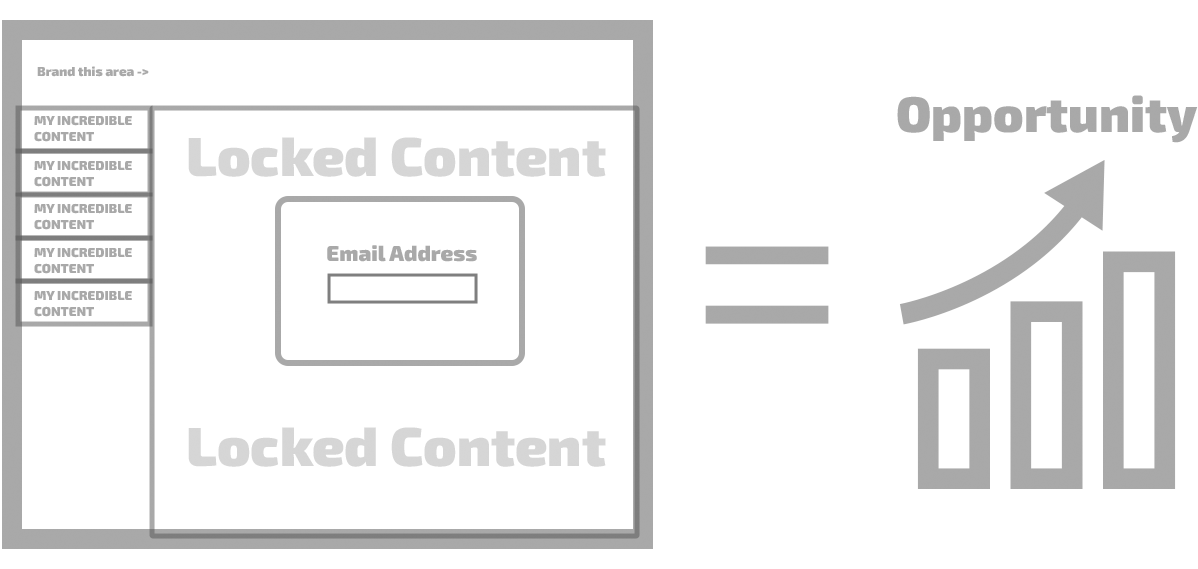
In addition to improving the user experience, gated content can help companies increase brand loyalty and customer satisfaction by ensuring only those with genuine interest can access the content. It is important because it allows marketing to generate leads and gather valuable information about potential customers for sales. Suggest a regular weekly cadence for reporting and optimizing.
How do we enable sales to close faster?
From the initial awareness of a problem to the ultimate conversion into a customer. By understanding and addressing the needs of potential customers at each stage, we can effectively guide leads through the sales funnel and improve the chances of conversion.
One approach is to use lead scoring engines to identify high-intent prospects who engage in bingeable content. This involves encouraging users to consume more content and collecting their contact information at the entry point. There are many flavors of scoring we can apply, but ultimately they should all point to the same outcome. Identify when a prospect has hit the consideration phase and close.
According to Gartner, 75% of the buyer's journey occurs before speaking with sales, so self-service experiences give buyer's the power to make decisions 1.
Before speaking with sales or committing to an evaluation, people want to experience products, see how they work, and understand how they solve problems. Marketing teams have an awesome opportunity to deliver better experiences and help guide these buyers through them.
Concluding thoughts for the day
Using the bingeable content approach is not only beneficial for converting buyers but also for delivering excellent post-sale experiences and retaining customers. Prioritizing both customer satisfaction and customer experience, we can unlock the full potential of relationships, fostering loyalty, advocacy, and differentiation in the market.
Bingeable content tracks can be a powerful tool. The ultimate goal is to provide an audience with valuable information that engages and satisfies their information craving, boosting brand loyalty and customer loyalty, respectively. Implementing these tracks will contribute to a more robust and effective content marketing strategy.
★ Bits & Bytes: If you choose to build this feature into your existing platform be sure to create a list of metrics you will need in order to optimize. Gather everything you can think of using and build it in, or define it up front. Experience, consumption patterns, and lead generation are the keys.
Any new product, or feature requires iteration, tests, and fine-tuning. Be relentless in this aspect, and it will help ensure success for everyone.
If for some reason we decide to leave these content tracks ungated. I recommend at least setting a token, or hash ID that you can stitch back to the user if they do convert and provide their contact information later. This works by storing the ID and capturing in our form payload on submit.
Sources:
1: Gartner - B2B Buying: How Top CSOs and CMOs Optimize the Journey
Some great references:
- StoryScale - How to calculate the ROI of an interactive demo platform
- Pathfactory — AI-Powered Content Experiences That Convert
- Folloze — Meet the digital experience platform that lets you move at market speed
- Content Marketing Institute — Bingeable Content: How to Move Buyers Through Your Sales Cycle Faster
Resources
